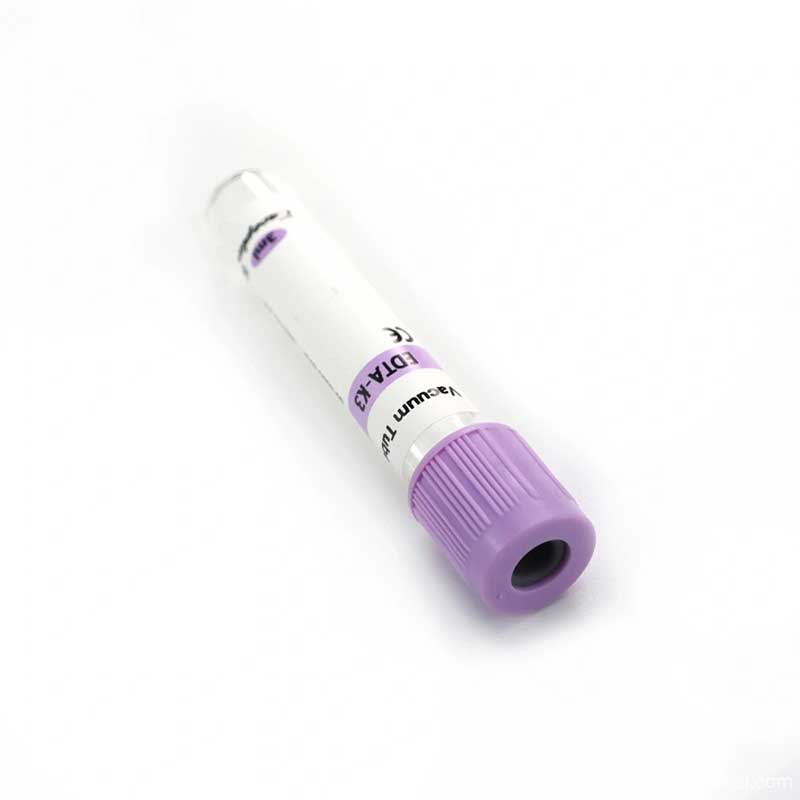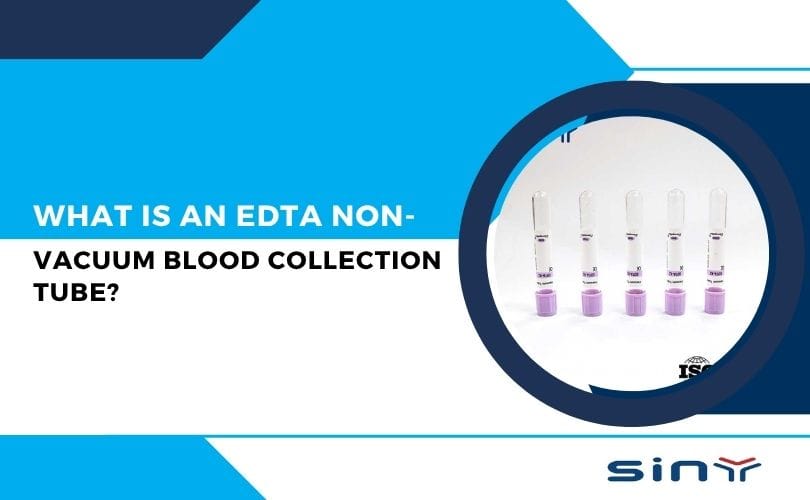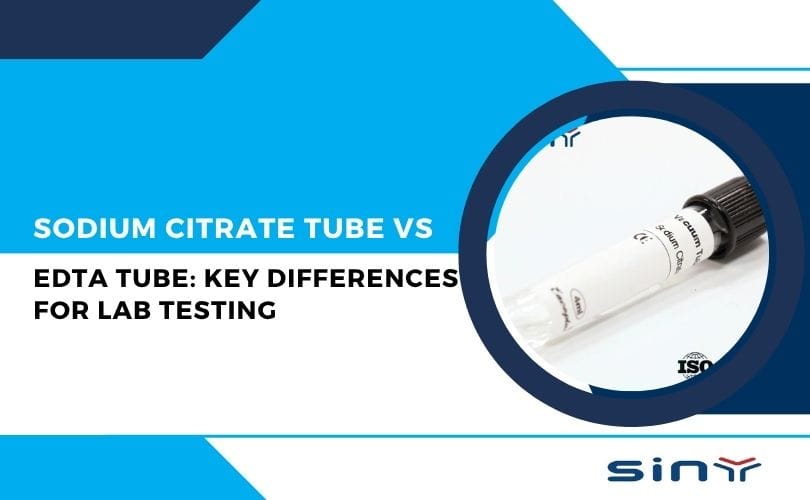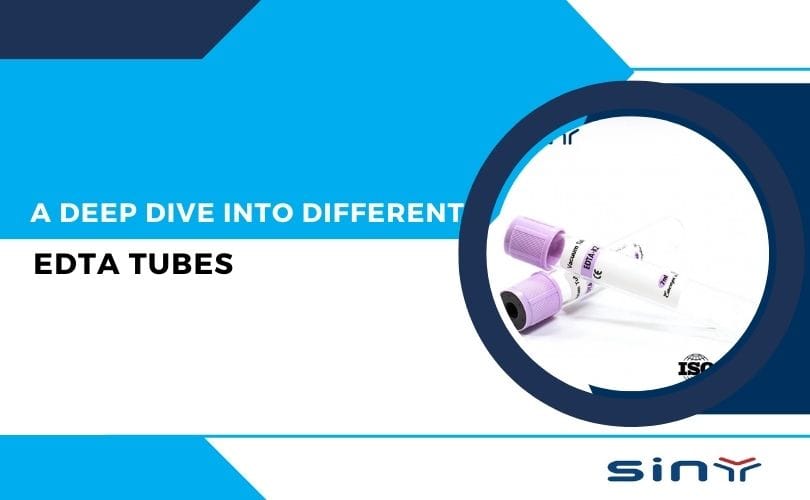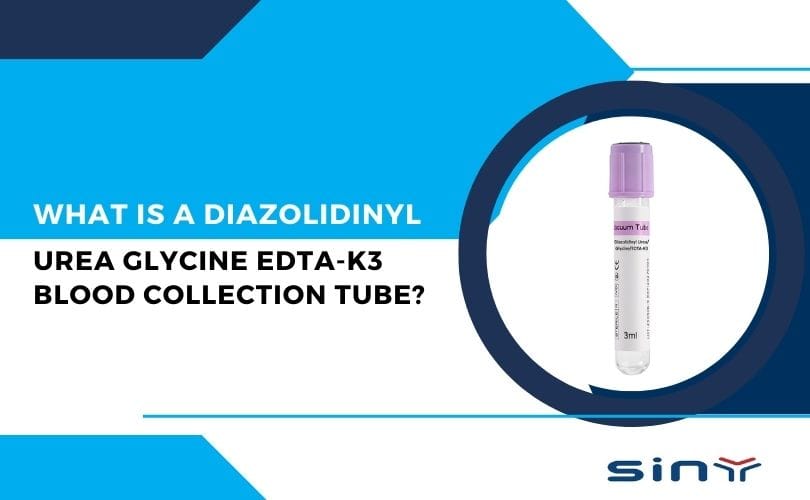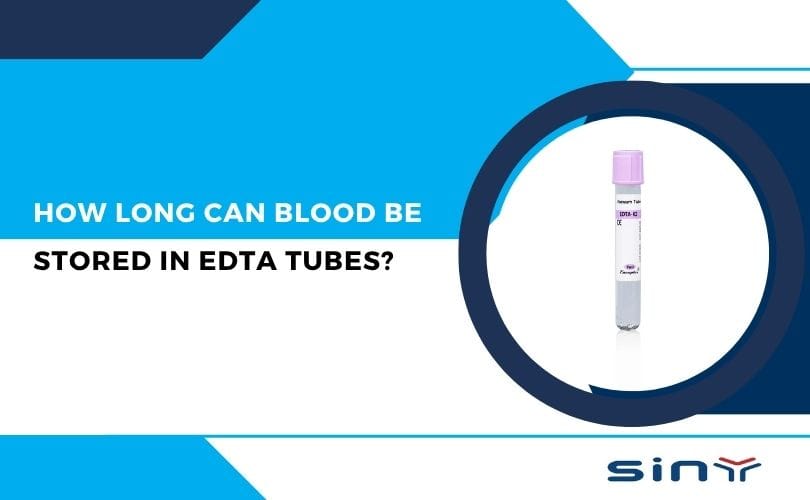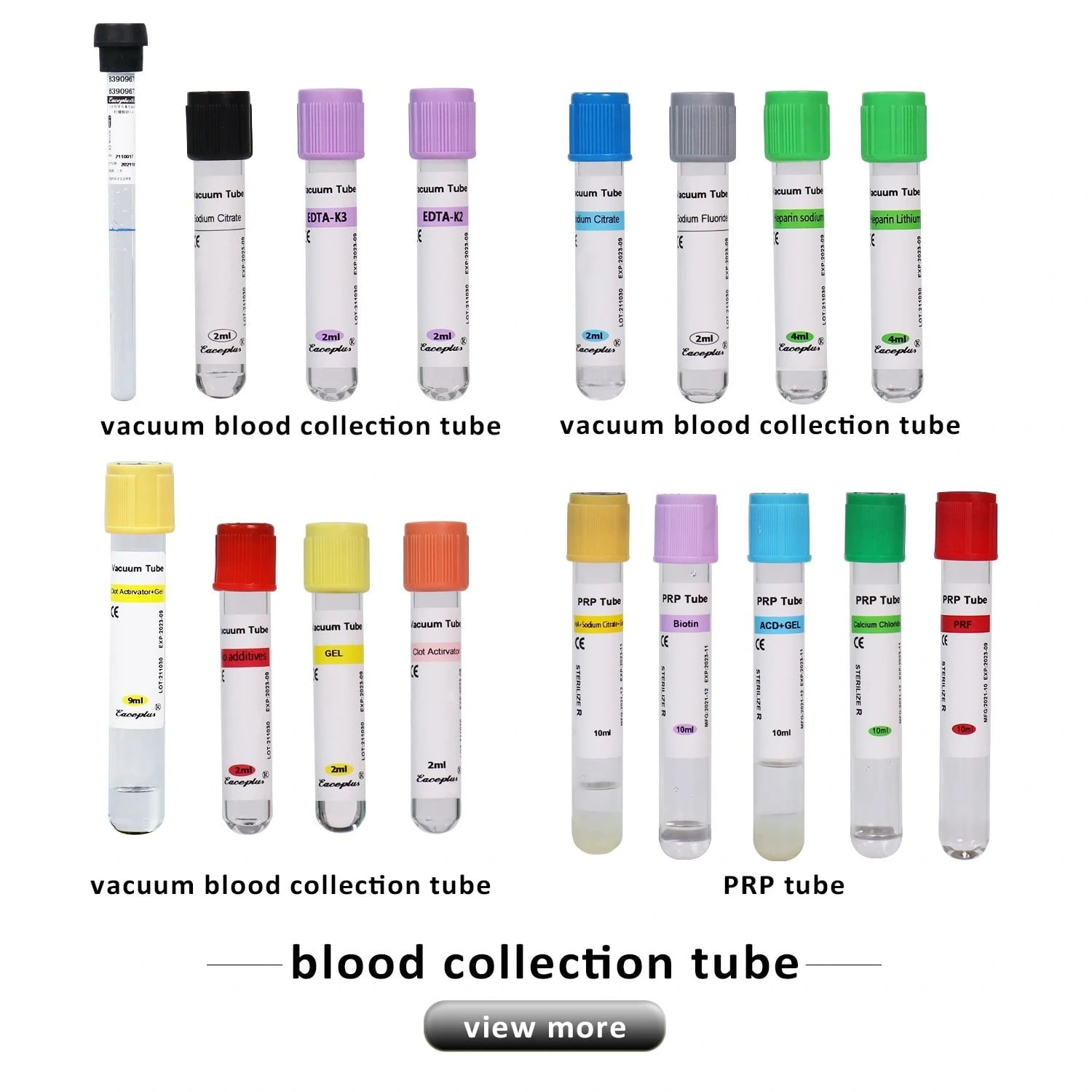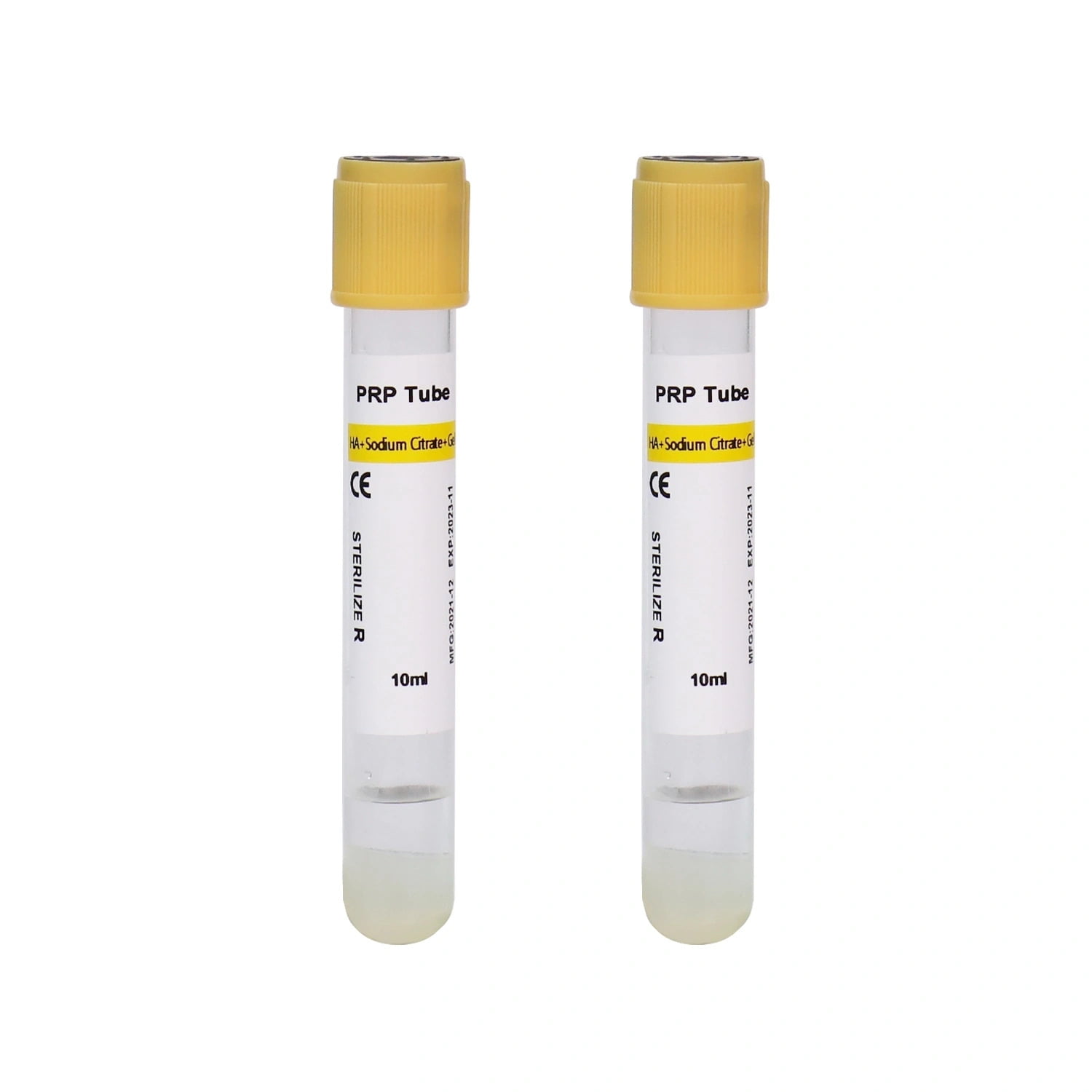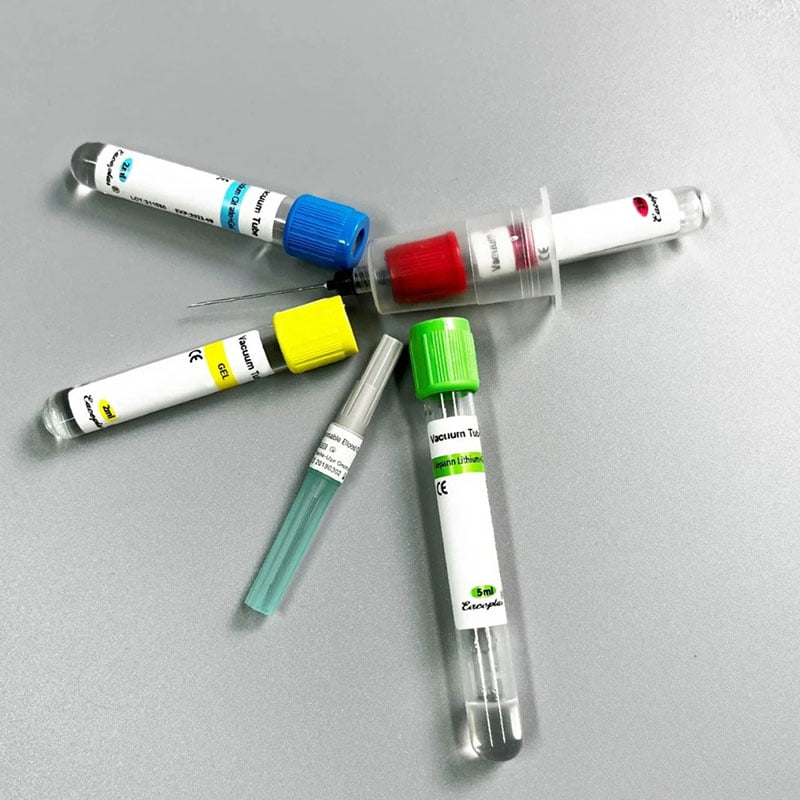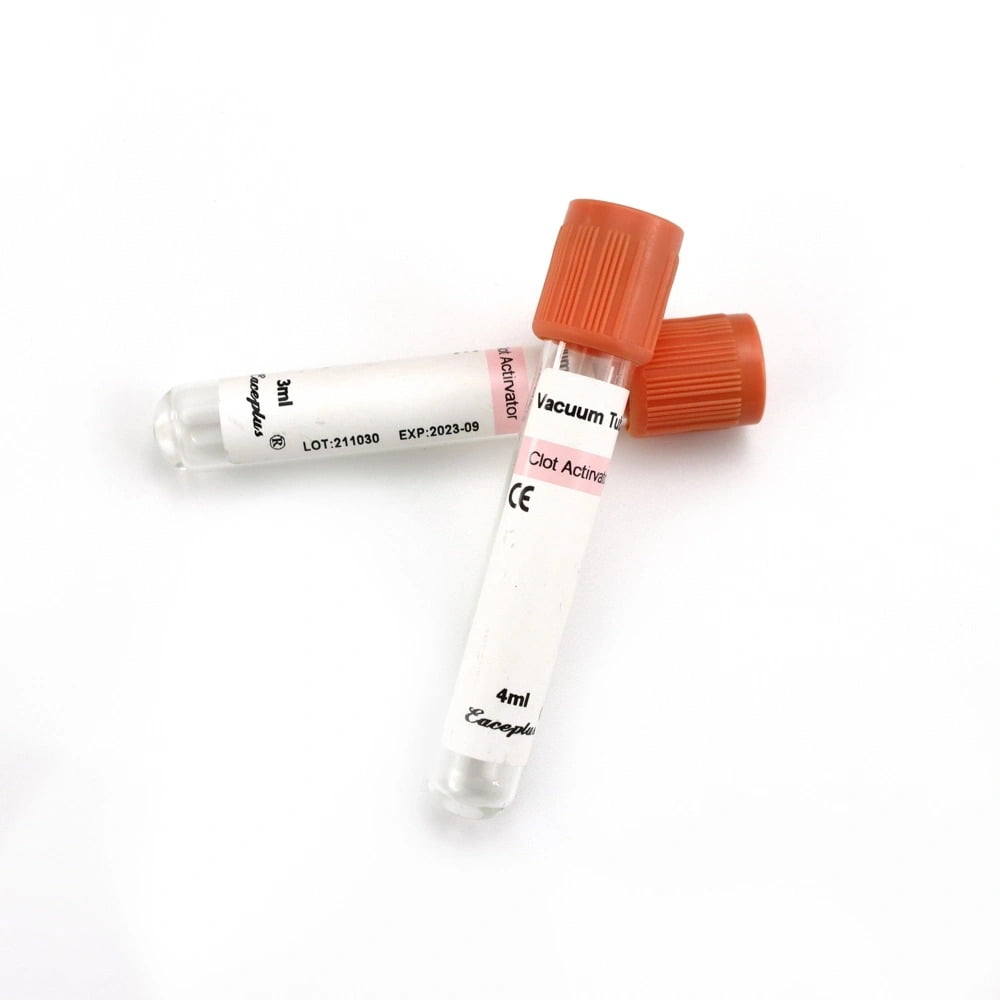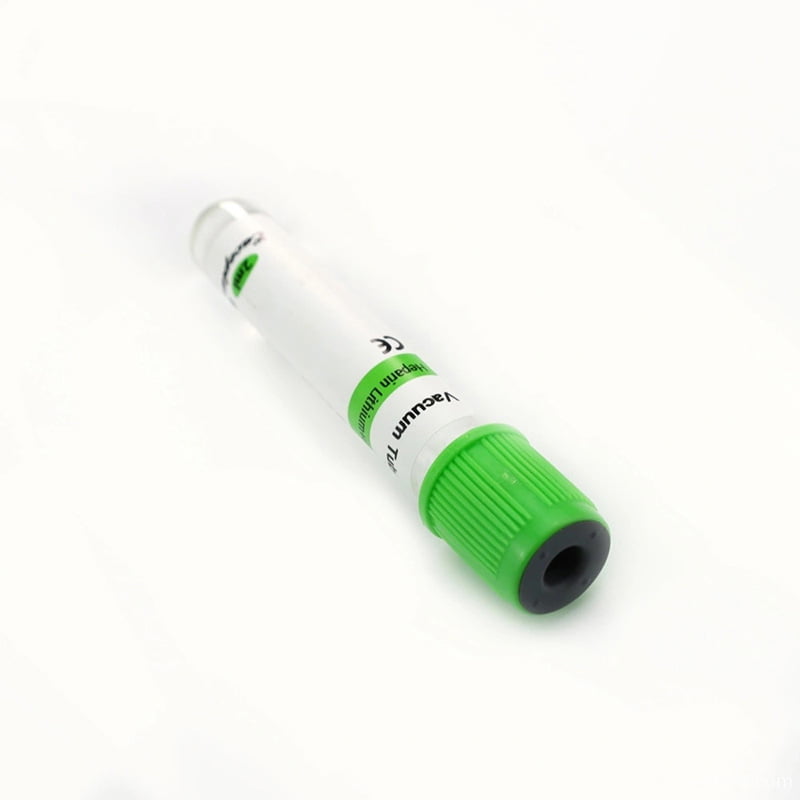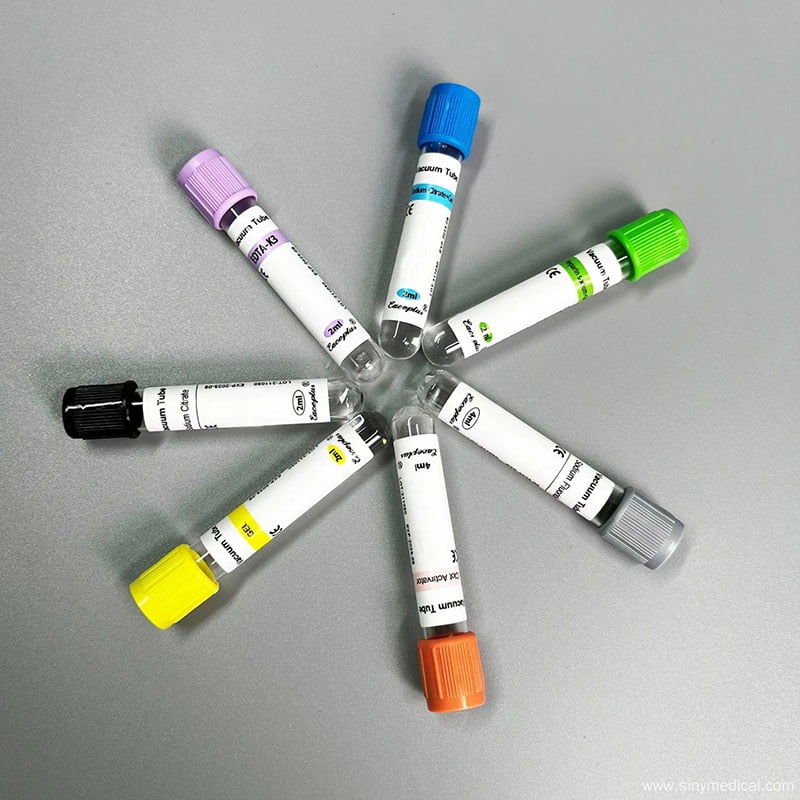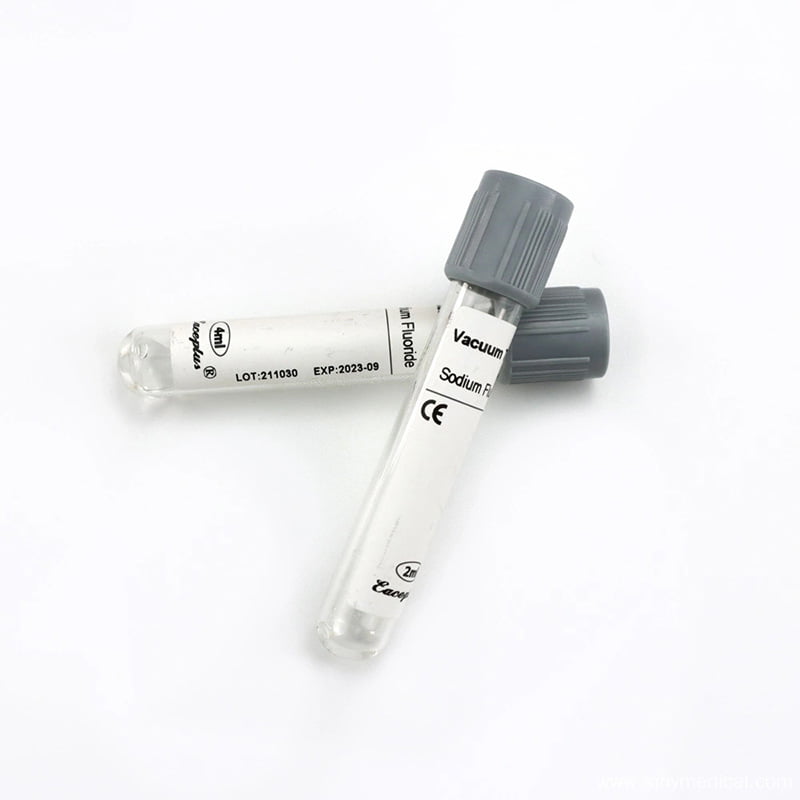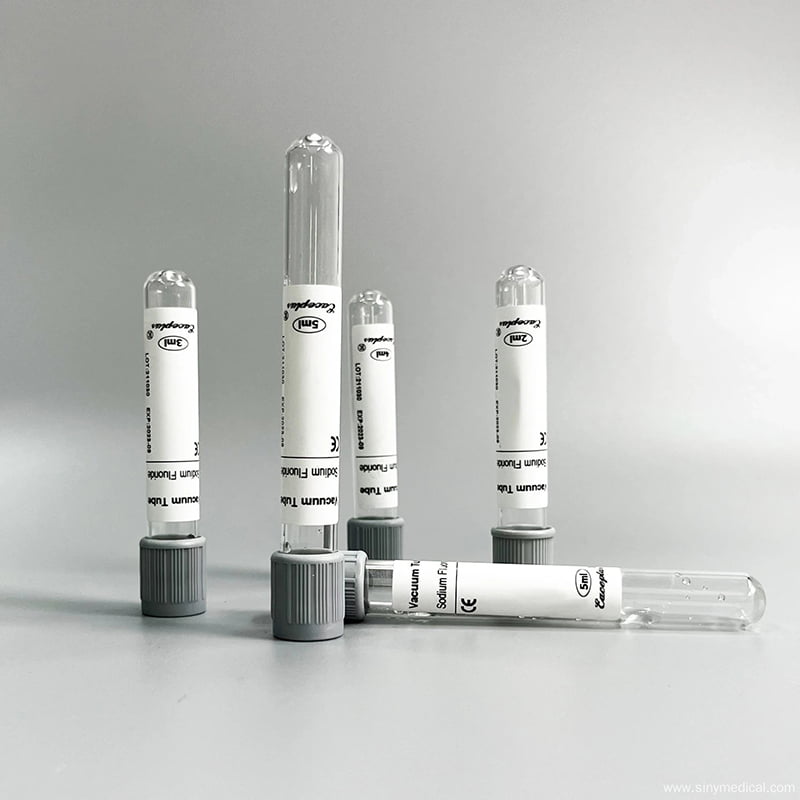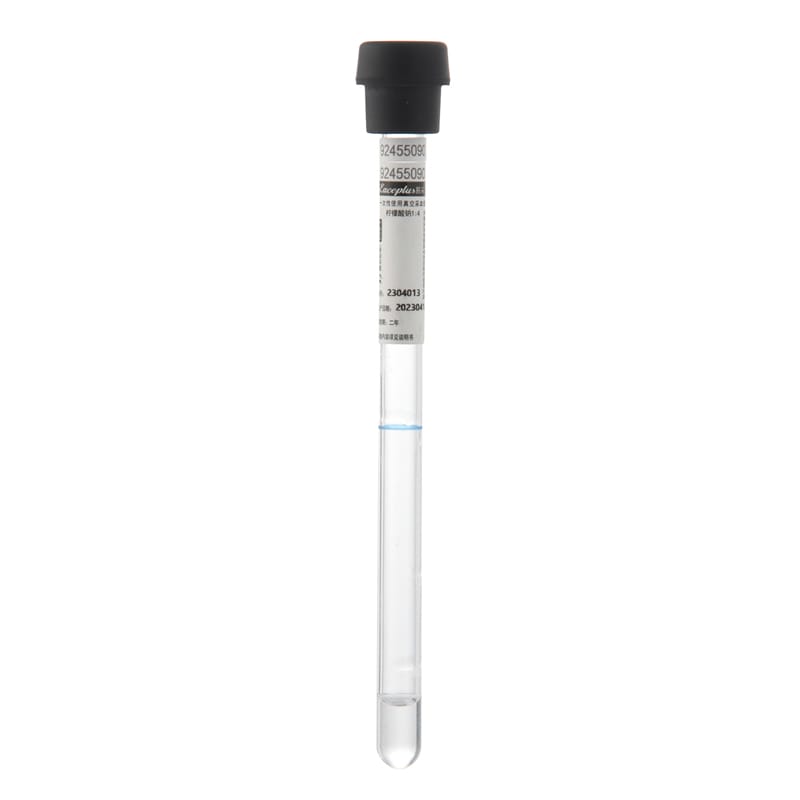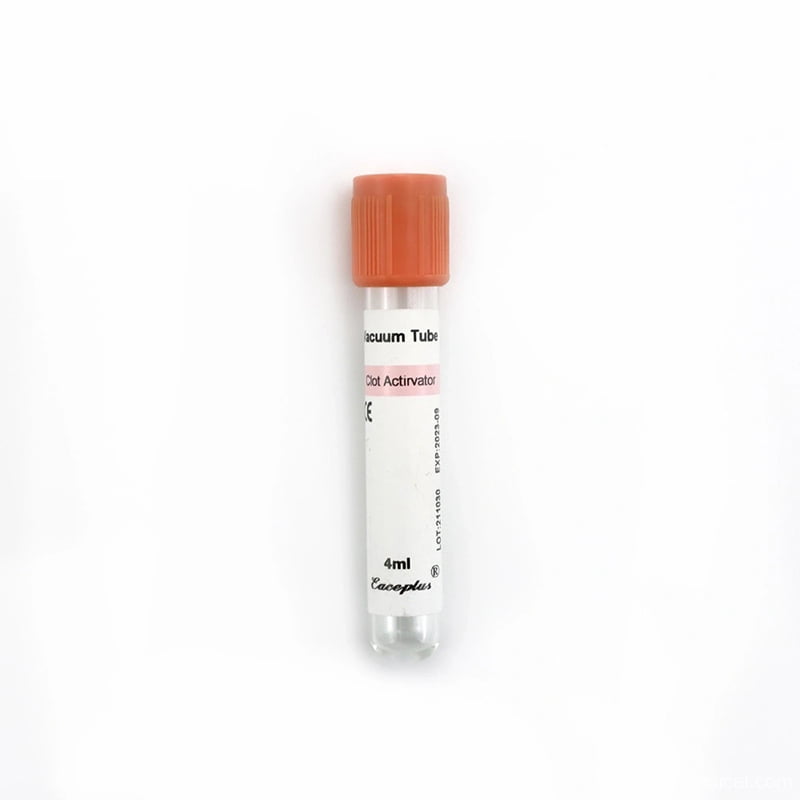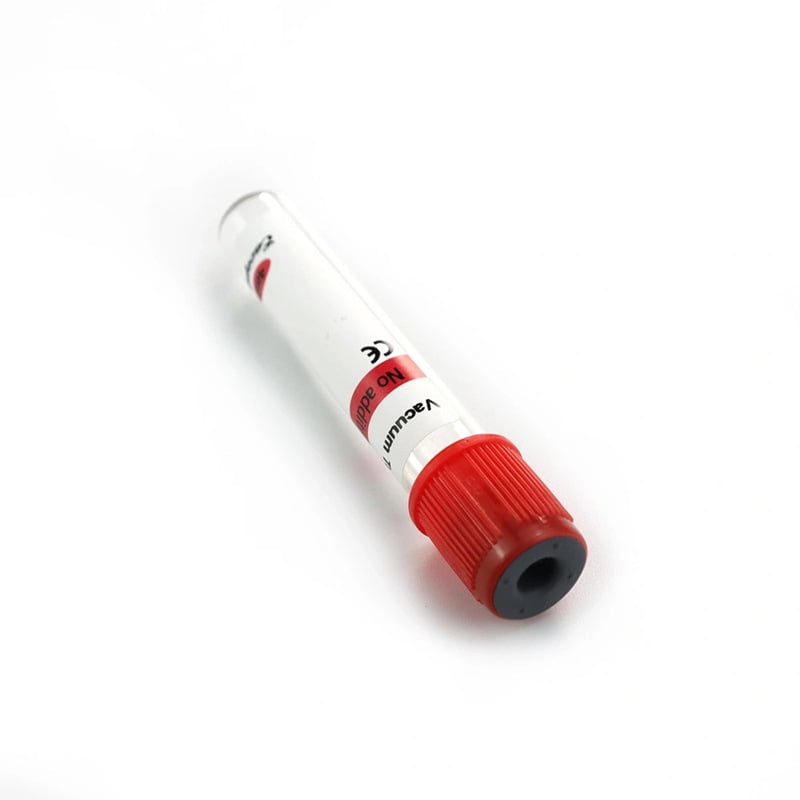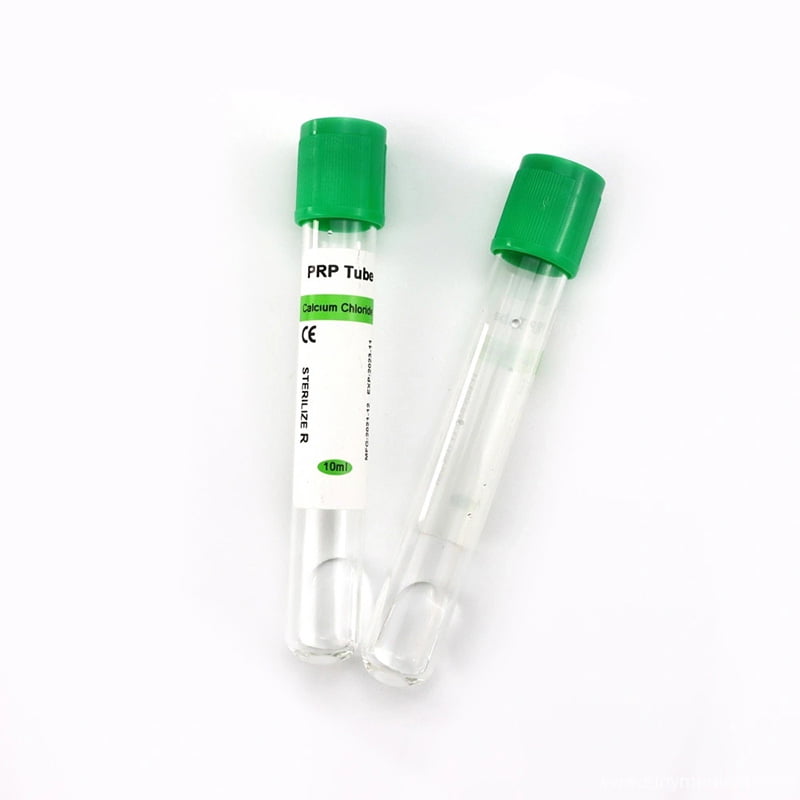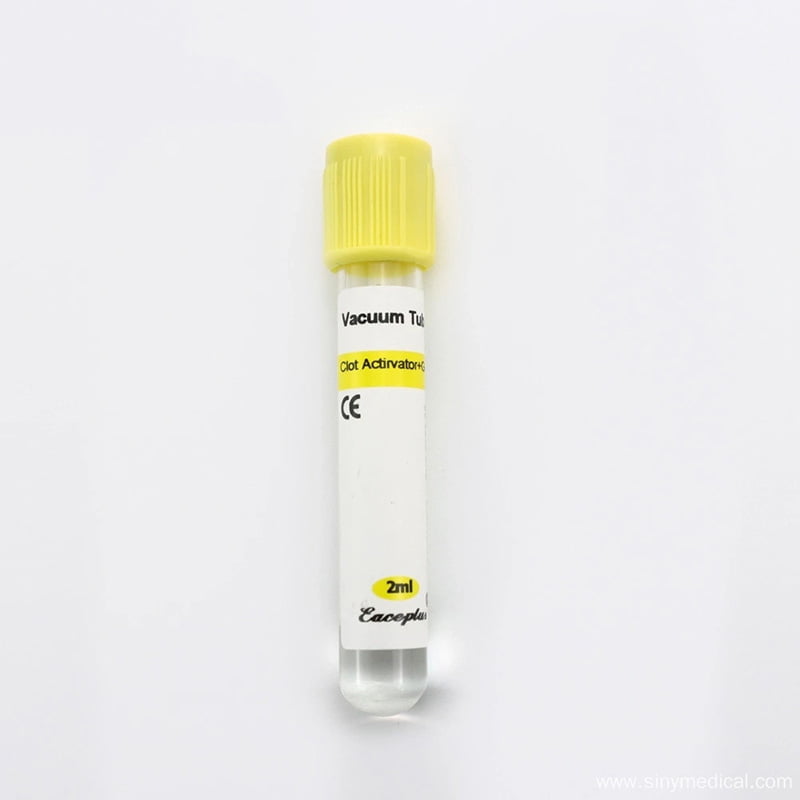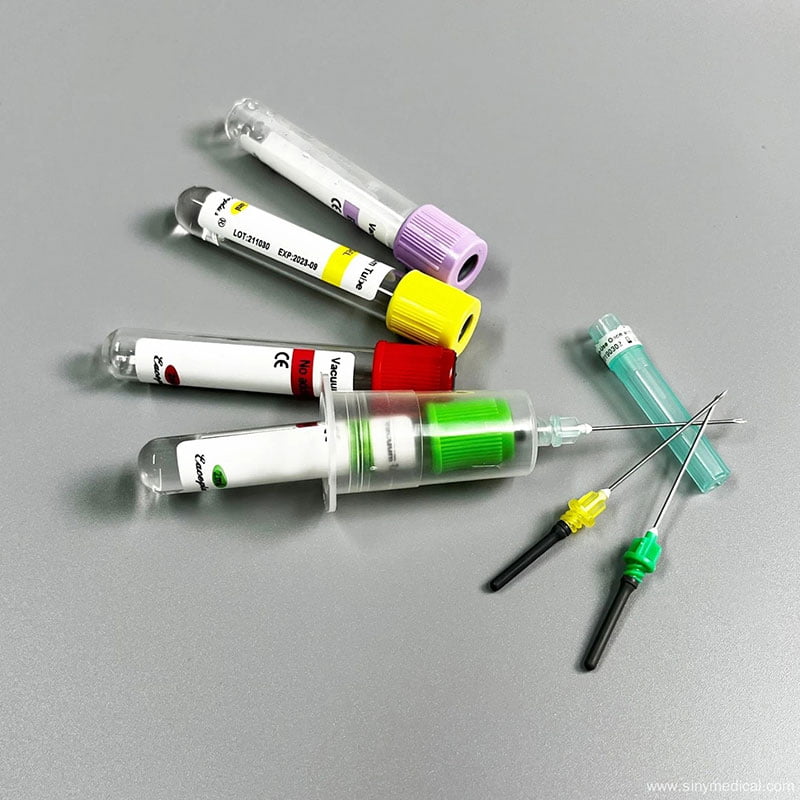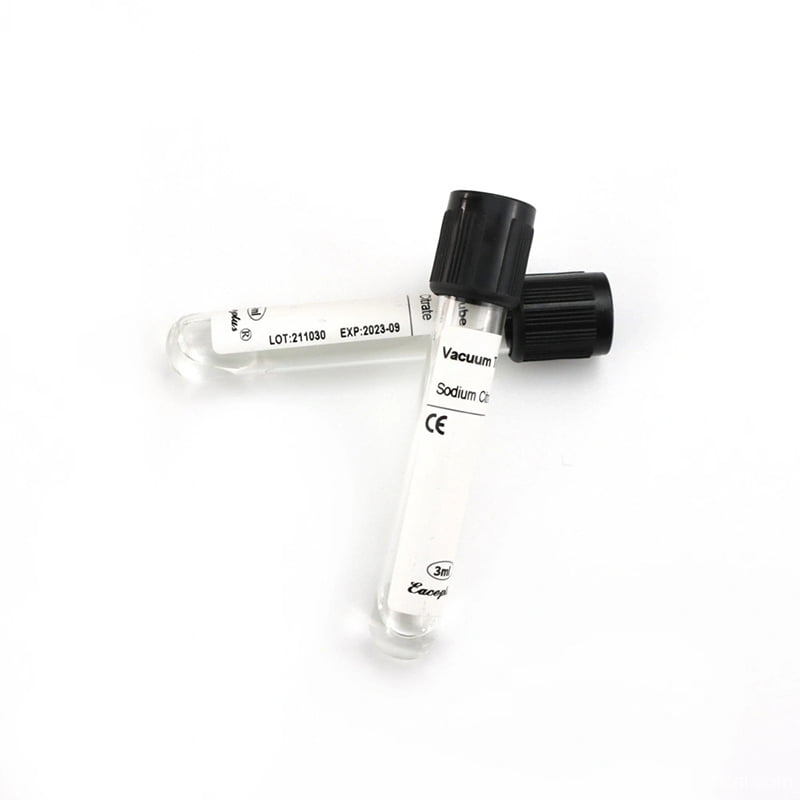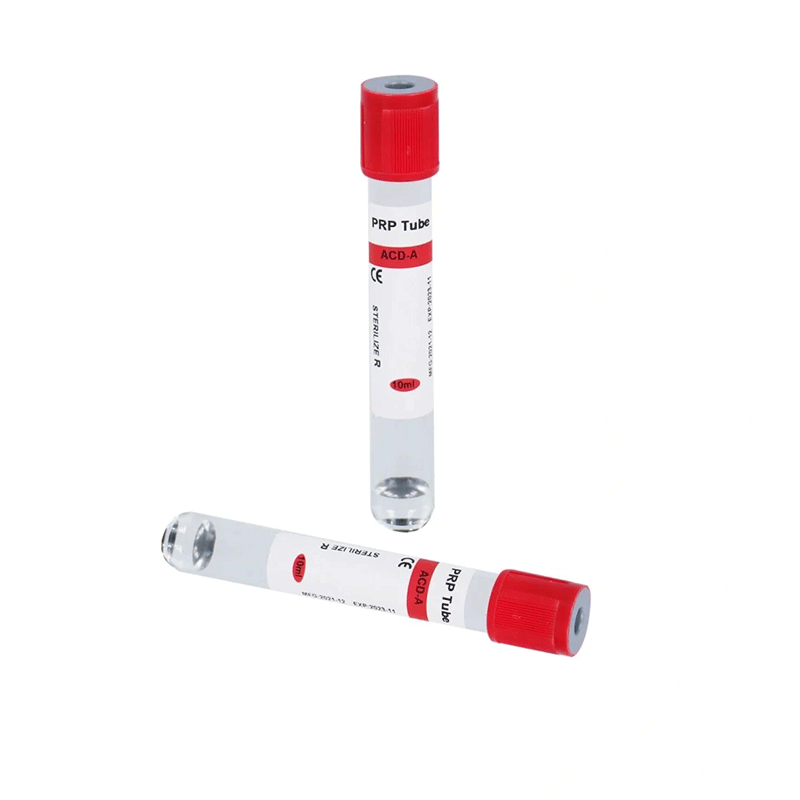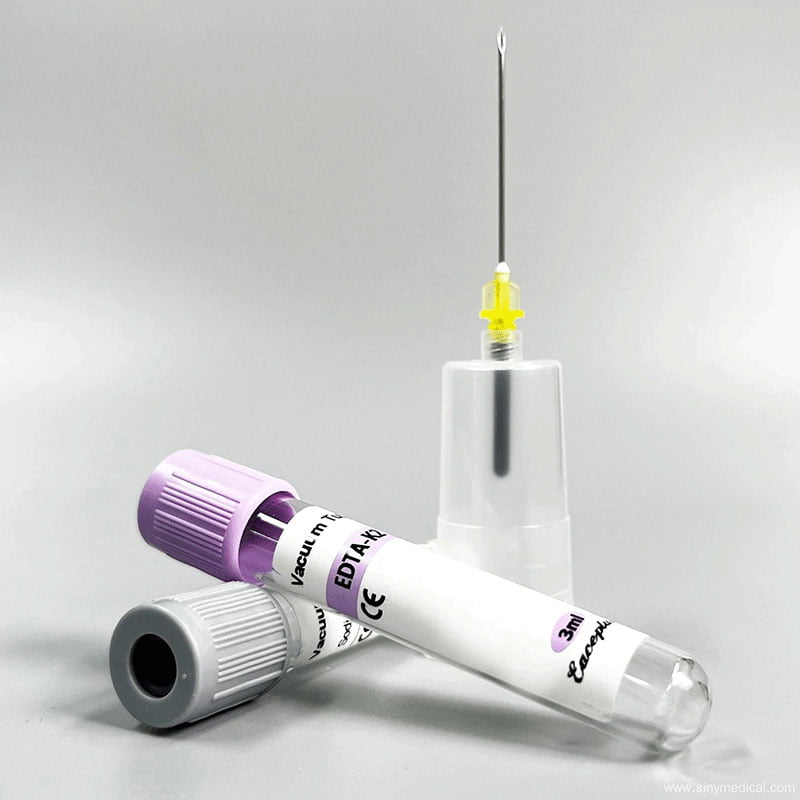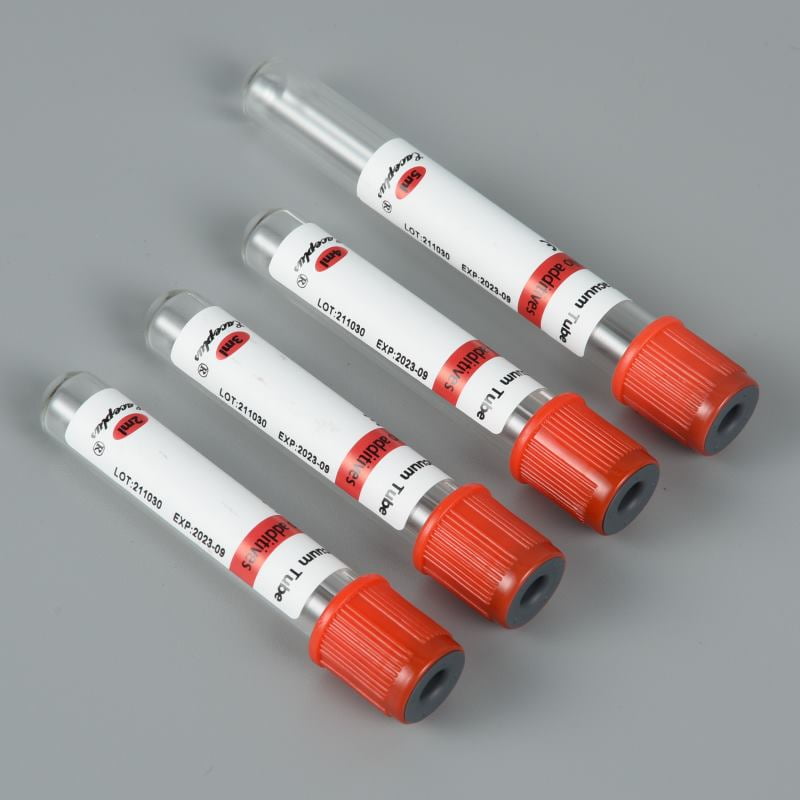EDTA, short for Ethylenediaminetetraacetic acid, is a powerful anticoagulant. It prevents blood from clotting by binding calcium ions, which are crucial for the coagulation process. Without calcium, your blood can’t form clots and that’s exactly what you want when you’re analyzing blood in a lab.
In blood collection tubes, EDTA is often used in the form of K2EDTA or K3EDTA, depending on the type of analysis. These forms maintain the cellular components of blood, making them perfect for hematology tests like complete blood counts (CBCs).
Table of Contents
- 1 Understanding EDTA Non-Vacuum Blood Collection Tubes
- 2 Structure and Working Principle of EDTA Non-Vacuum Tubes
- 3 EDTA-K2 vs. EDTA-K3: Differences and Applications
- 4 How Do EDTA Non-Vacuum Blood Collection Tubes Work?
- 5 Applications of EDTA Non-Vacuum Blood Collection Tubes
- 6 Advantages of EDTA Non-Vacuum Blood Collection Tubes
- 7 Comparison with Vacuum Blood Collection Tubes
- 8 Proper Handling and Storage of EDTA Non-Vacuum Blood Collection Tubes
- 9 Summary
- 10 FAQs
Understanding EDTA Non-Vacuum Blood Collection Tubes
EDTA Non-Vacuum Blood Collection Tubes are specialized containers designed for collecting and preserving blood samples. Unlike vacuum tubes, these do not rely on pre-set vacuum pressure to draw blood. Instead, they are manually filled, making them versatile for specific applications. The key component in these tubes is Ethylenediaminetetraacetic Acid (EDTA), an anticoagulant that prevents blood from clotting by binding calcium ions.

Laboratories typically identify these tubes by their purple or lavender caps, which universally indicate the presence of EDTA. Hematology departments widely use them for critical tests including complete blood counts (CBC), blood typing, and crossmatching procedures. The non-vacuum design allows healthcare professionals to precisely control blood volume collection, making these tubes particularly valuable for specialized applications.
Structure and Working Principle of EDTA Non-Vacuum Tubes
EDTA non-vacuum tubes are typically made from medical-grade polypropylene (PP) or polyethylene (PE), both of which ensure excellent chemical resistance and biocompatibility.
Manufacturers pre-load each tube with a specific dosage of EDTA anticoagulant, typically in one of the following forms:
- EDTA-K2 (dipotassium salt) – in dry powder or spray-dried form.
- EDTA-K3 (tripotassium salt) – in liquid form.
The anticoagulant mechanism works by chelating calcium ions (Ca²⁺), which are essential for blood coagulation. By binding calcium, EDTA effectively prevents clot formation, allowing the sample to remain suitable for hematology analysis.
Since these tubes lack vacuum pressure, you must manually transfer the blood using a syringe after collection.
EDTA-K2 vs. EDTA-K3: Differences and Applications
While both salts are forms of EDTA, they serve slightly different purposes:
- EDTA-K2 is gentler and preserves blood cell morphology more effectively. Automated blood analyzers prefer it, and it is suitable for WBC counts, RBC indices, and platelet studies.
- EDTA-K3, being in liquid form, acts faster but may slightly dilute the blood sample. This can influence specific test values such as MCV (mean corpuscular volume), so labs selectively use it.
Choosing between K2 and K3 depends on the specific requirements of the analysis and the type of laboratory equipment in use.
How Do EDTA Non-Vacuum Blood Collection Tubes Work?
The primary function of EDTA Non-Vacuum Blood Collection Tubes is to preserve the integrity of blood cells for accurate laboratory analysis. Here’s how they work:
- Anticoagulant Action: EDTA binds to calcium ions in the blood, inhibiting the coagulation process. This ensures that the blood remains in a liquid state, preserving the morphology of cells.
- Manual Filling: Since these tubes lack vacuum pressure, healthcare professionals draw blood into the tube using a syringe or other manual methods. This allows for precise control over the volume of blood collected.
- Mixing: The technician gently inverts the tube several times after collection to ensure thorough mixing of the blood with the EDTA anticoagulant. This step is crucial to prevent clotting and ensure accurate test results.
Applications of EDTA Non-Vacuum Blood Collection Tubes
EDTA Non-Vacuum Blood Collection Tubes are indispensable in various medical and laboratory settings. Some of their key applications include:
- Complete Blood Count (CBC): This test evaluates the number and types of blood cells, providing insights into conditions like anemia, infections, and blood disorders.
- Blood Typing and Crossmatching: Medical professionals use EDTA tubes to determine blood groups and assess compatibility for transfusions.
- Molecular Diagnostics: These tubes are ideal for DNA and RNA extraction due to their ability to preserve cell integrity.
- Specialized Hematology Tests: Tests like erythrocyte sedimentation rate (ESR) and flow cytometry often require EDTA-preserved blood samples.
Advantages of EDTA Non-Vacuum Blood Collection Tubes
Compared to vacuum tubes, EDTA non-vacuum tubes offer a range of unique benefits:
Greater Control Over Blood Collection
Since healthcare professionals manually adjust the collection speed without relying on vacuum pressure, patient comfort is significantly improved.
Lower Risk of Hemolysis
Manual transfer reduces the risk of red blood cell rupture, which can occur due to excessive vacuum pressure during collection.
Ideal for Special Populations
These tubes work exceptionally well for newborns, children, the elderly, or any patients with fragile veins.
Cost-Effective and Simple Operation
They do not require specialized vacuum equipment, making them ideal for use in rural clinics, mobile health units, or temporary collection sites.
Safe and Durable Materials
Made of high-quality plastic materials, the tubes are shatter-resistant, chemically stable, and easy to store and transport.
Comparison with Vacuum Blood Collection Tubes
Collection Method
Vacuum tubes automatically draw blood using negative pressure. In contrast, non-vacuum tubes require manual blood transfer, giving more control during the procedure.
Flexibility
Non-vacuum tubes are ideal for non-standard scenarios where slow or small-volume sampling is required. They allow for precise control over the blood collection process, making them particularly useful in situations such as pediatric or geriatric care, where patients may have fragile veins. Vacuum tubes are better for routine, large-scale blood collection.
Suitable Patient Groups
Healthcare professionals typically use vacuum tubes for healthy adults or standardized exams, while they prefer non-vacuum tubes for sensitive populations.
Impact on Sample Quality
Manual collection reduces mechanical damage to blood cells, helping to preserve their shape and count for more accurate test results.
Proper Handling and Storage of EDTA Non-Vacuum Blood Collection Tubes
To ensure accurate test results, it’s essential to handle and store EDTA Non-Vacuum Blood Collection Tubes correctly:
- Storage: Store the tubes at room temperature, away from direct sunlight and moisture.
- Collection: Use sterile techniques to avoid contamination.
- Mixing: Gently invert the tube 8-10 times immediately after collection to ensure proper mixing with the anticoagulant.
- Transport: Transport the samples to the laboratory as soon as possible to maintain sample integrity.
Summary
EDTA Non-Vacuum Blood Collection Tubes are a vital tool in modern medical diagnostics, offering precision, versatility, and cost-effectiveness. Their unique design and anticoagulant properties make them indispensable for tests requiring whole blood or plasma. Whether you’re performing a CBC, blood typing, or molecular diagnostics, these tubes ensure accurate and reliable results.
For more information on blood collection tubes and other medical supplies, visit Siny Medical. If you have any questions or need assistance, feel free to contact us. Don’t forget to check out our YouTube channel for informative videos and updates.
FAQs
What is the purpose of EDTA in blood collection tubes?
EDTA acts as an anticoagulant, preventing blood from clotting and preserving the morphology of blood cells for accurate testing.
Can EDTA Non-Vacuum Tubes be used for all blood tests?
These tubes specifically cater to tests that require whole blood or plasma, such as CBC and blood typing. Other tests may require different types of tubes.
How do I know if I need a non-vacuum or vacuum EDTA tube?
Non-vacuum tubes are ideal for precise volume control, while vacuum tubes are better for routine blood collection. Consult your laboratory guidelines for specific requirements.
Are EDTA Non-Vacuum Tubes reusable?
No, manufacturers design these tubes for single use to prevent contamination and ensure accurate results.
Where can I purchase EDTA Non-Vacuum Blood Collection Tubes?
You can find high-quality EDTA tubes at Siny Medical.

